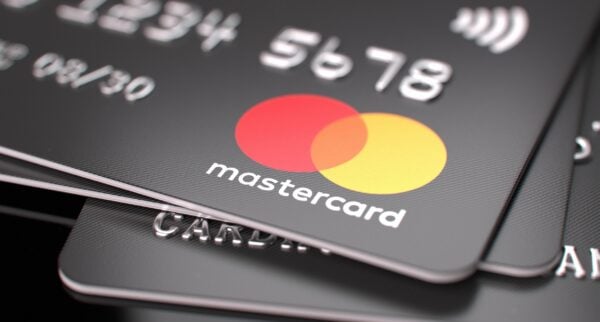
If you’re hoping to improve your financial position in the new year, taking stock of your current use of credit and the card-related perks you have should be on your to-do list. You’ll also want to decide if you’re using credit cards in a way that benefits you right now, and if there are any steps you should take to get more from your credit into 2025 and beyond.
Which steps can help you maximize credit-related benefits this year while reducing your out-of-pocket costs? This credit card clean-up checklist provides an overview of the most important moves you should make right now.
List your current debts and interest rates
The new year is the perfect time to figure out how much unsecured debt you have, how much interest you’re paying and how long you’ll need to pay down your debts at their current rates. With that in mind, you should make a list of every credit card balance you have, the current variable APR charged on that debt and the monthly payment you’re making.
If you have three credit cards with some fairly substantial balances and interest rates, your list may look something like this.
Current Debt
Interest Rate
Minimum Monthly Payment
What You’re Currently Paying
Credit Card #1
$5,500
21.99% APR
$165
$200
Credit Card #2
$2,200
19.24% APR
$70
$100
Credit Card #3
$800
29.99% APR
$25
$100
Writing out amounts owed and interest rates in this way can provide you with a fuller picture of your debt status while helping you figure out which debt to focus on first. For example, you could use the “debt snowball” method to pay as much as you can toward the smallest debt each month until it’s gone while making minimum payments on the rest, then “snowball” the payments you were making into the next smallest debt.
You can also use a credit card payment calculator to figure out how long you would have to make the monthly payment on each of these debts to become entirely debt-free.
Consolidate debt with a 0% APR credit card
With an eagle eye view of your current credit card debts and interest rates in sight, you may want to consider consolidating debt with a balance transfer credit card. Cards in this niche typically offer 0% APR on balance transfers for anywhere from 15 to 21 months, although balance transfer fees still apply.
In the debt example above, someone has $8,500 in credit card debt with an average interest rate of 23.74%. They’re also paying $400 in monthly payments toward credit card debt in this example, which is a substantial amount across all their cards.
If they moved the debt to a balance transfer card that offers 0% APR for 21 months with a balance transfer fee of 3%, this fee would work out to $255 and they would begin debt repayment owing $8,755. However, they could become entirely debt-free with $0 in interest paid if they bumped up their monthly payment to $420 over the 21-month timeline.
➤ FREE TOOL:Balance transfer calculator
Make a list of credit card perks and benefits you have
Whether you have credit card debt or not, you should make a list of credit card perks and benefits you currently have. These can include perks like monthly statement credit offers, travel credits, consumer protections or travel insurance benefits, to name a few.
With a card like the card_name, you would list off included benefits like the $300 annual travel credit that comes with the card, the fee credit for Global Entry, NEXUS or TSA PreCheck membership, Visa infinite benefits, included travel insurance coverages, purchase protection against damage or theft, extended warranties and even return protection.
With a list of all the perks and benefits you have access to at hand, you can decide if the cards you have are aligned with your goals and how you typically use credit. You can also take steps to maximize the perks you have access to throughout the year, or at least keep the list handy so you don’t forget about them.
Upgrade or downgrade your existing cards
Maybe you’re finding the cards you have are not really helping you accomplish your goals with credit. In that case, you can switch up your portfolio of cards by upgrading to options with more benefits or better rewards or downgrade cards to save on annual fees. In many cases, upgrading or downgrading cards can have minimal impact on your credit since it will preserve the existing line of credit you have without requiring you to close your old account.
Just remember that upgrading or downgrading cards only happens if a card issuer allows it when you call to inquire. Also, switching from one card to another means missing out on credit card sign-up bonuses that might be available. If you request a product change from the Chase Sapphire Reserve® to the Chase Freedom Unlimited® Credit Card because you no longer want to pay an annual fee, for example, you would miss out on the new card’s bonus offer.
If you want to switch credit cards and still be eligible for a generous welcome bonus, consider signing up for a new credit card separately and closing your old account or downgrading it to a no-fee option.
➤ SEE MORE:Guide to credit card product changes
The bottom line
The new year is a great time to think about your relationship with credit and how you can improve it. At the very least, you should take stock of your current benefits and rewards so you can ensure you’re putting them to good use.



